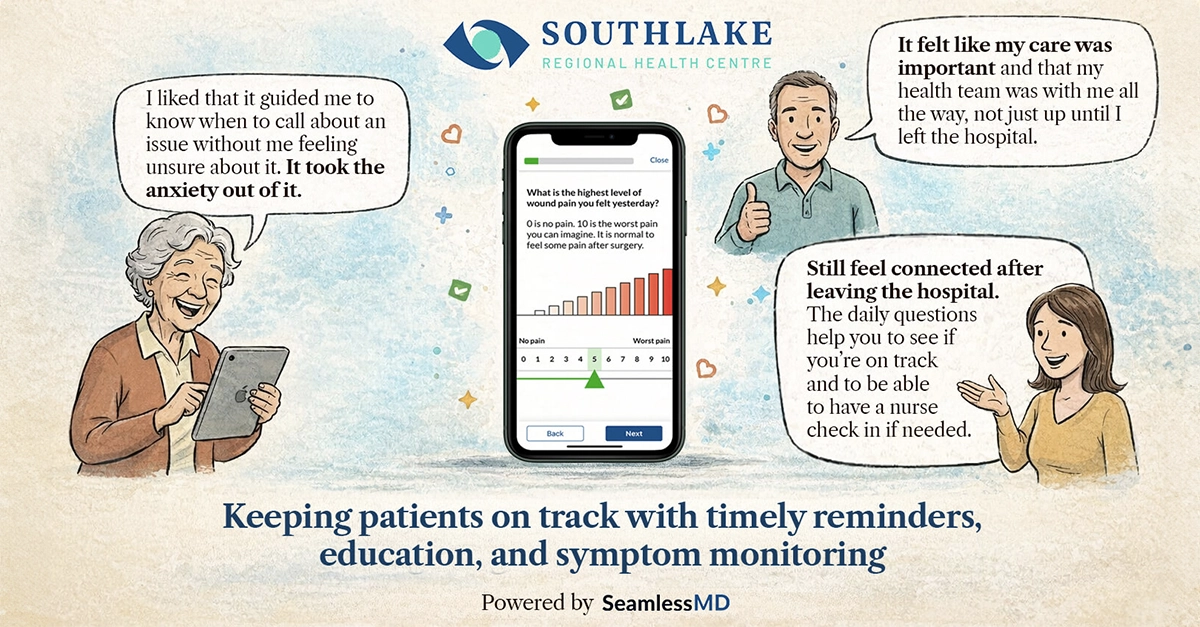UAB recently presented an abstract at the 16th Annual Academic Surgical Congress entitled, “Who chooses not to use Patient Engagement Technology (PET)?” which examines the key factors behind why Colorectal, Cardiac, Thoracic and Gynecology patients may or may not choose to enroll in a PET. Specifically, the study explores the association of patient demographics and insurance status on declining to enroll in a PET.
Here are the key takeaways from the study:
- Patient adoption of PET patients undergoing major surgery is high (94.7%)
- Older patients & patients who are not privately insured are more likely to decline PET enrollment
- PET technology is not universally adopted by all patients; therefore, alternative resources should be provided for patients who do not use PET
These results reveal that in order to achieve ideal clinical outcomes with Patient Engagement Technology, it is important to consider and address factors contributing to lower patient adoption rates before implementation. See below for a summary of the data and key takeaways from the study or click here to download the full case study.

.svg)










.png)
